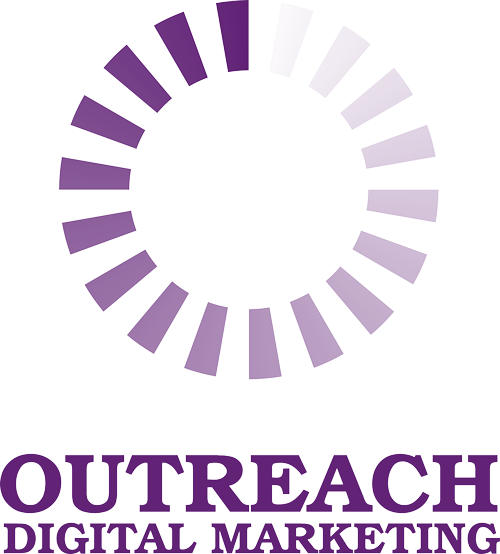The digital landscape is perpetually evolving, catapulted by technological advancements and shifting consumer behavior. In this era of digitization, digital advertising is constantly morphing, thereby requiring businesses to stay nimble and keep pace with these transitions.
1. Embracing the Power of Artificial Intelligence
Artificial Intelligence (AI) and machine learning are no longer futuristic concepts but pivotal elements of today’s digital advertising. AI’s ability to analyze consumer behavior, recognize patterns, and develop predictive models makes it a powerful tool for precision targeting and personalized messaging. AI can refine customer segmentation, streamline marketing strategies, and optimize advertising campaigns for better Return on Investment (ROI).
2. Riding the Video Advertising Wave
The surge in video consumption, driven by platforms like YouTube, TikTok, and Instagram, points to a clear trajectory: video advertising. In 2023 and beyond, businesses can harness the power of video advertising for storytelling, brand building, and driving conversions. Exploring formats like short videos, live streams, and interactive videos will offer advertisers creative ways to engage their target audience.
3. Harnessing Programmatic Advertising
Programmatic advertising, a method that automates the buying and selling of ad space in real-time, will continue to be a game-changer. By eliminating human errors and inefficiencies, it enables businesses to focus on optimizing their ads, resulting in better targeting, real-time measurement, and enhanced ad performance.
4. Investing in Data Privacy and Transparency
Data privacy is becoming increasingly important as consumers demand more transparency. Advertisers will need to shift towards ‘privacy-first’ strategies that respect consumer data while providing personalized experiences. The future of digital advertising will involve clear, transparent data usage policies, allowing businesses to build trust and foster long-term relationships with customers.
5. Exploring the Metaverse
The metaverse, a collective virtual shared space, is the newest frontier for digital advertising. With the rise of virtual and augmented reality technologies, the metaverse offers a unique opportunity to engage audiences in immersive experiences, shaping the future of experiential marketing. Brands that dare to venture into the metaverse stand to gain a competitive advantage.
6. Amplifying with Social Commerce
The fusion of social media and eCommerce, known as social commerce, is a significant trend that’s set to evolve digital advertising. Advertisers can utilize this avenue to seamlessly convert social media engagements into sales, thereby shortening the customer journey and enhancing the overall shopping experience.
7. The Shift to Mobile Advertising
As the world grows more interconnected, mobile devices are becoming an extension of the user. Mobile advertising thus presents a golden opportunity for businesses. The ability to send real-time, location-specific messages to a target audience is a game-changer. Moreover, the integration of mobile advertising with augmented reality (AR) technologies can provide immersive, interactive experiences that drive engagement and conversions.
8. Voice-Activated Advertising
With the rise of voice assistants like Siri, Alexa, and Google Assistant, voice search is becoming increasingly prevalent. As a result, businesses must adapt their digital advertising strategies to incorporate voice-activated advertising. This strategy involves optimizing ad content and keywords to align with voice search queries, providing a seamless experience for voice-first users.
9. Influencer Marketing Continues to Shine
In the era of social media, influencer marketing has proven its effectiveness in reaching target audiences. Brands are increasingly partnering with influencers who can provide authentic endorsements to their followers. With their established trust and rapport, influencers can greatly boost brand visibility and credibility.
10. Implementing Chatbots for Personalized Experiences
Chatbots have emerged as a powerful tool for personalized digital advertising. With the ability to engage customers in real-time, answer queries, and provide product recommendations, chatbots can significantly enhance the user experience. Moreover, chatbots can collect valuable customer data, helping businesses refine their marketing strategies.
11. Sustainability and Social Responsibility in Advertising
Consumers are becoming more conscious of social issues and environmental sustainability. Hence, businesses are incorporating these values into their advertising strategies. Digital ads that showcase a brand’s commitment to sustainability and social responsibility can resonate with consumers, strengthen brand loyalty, and drive engagement.
In conclusion, the future of digital advertising is both challenging and exciting. It will be moulded by advancements in AI and machine learning, the rise of video and programmatic advertising, a stronger emphasis on data privacy, the exploration of the metaverse, and the amplification of social commerce. By staying flexible and innovative, businesses can leverage these trends to stay ahead in the digital advertising game.


